Home>Storage & Organization>Closet & Wardrobe Organization>How To Organize A Coin Collection
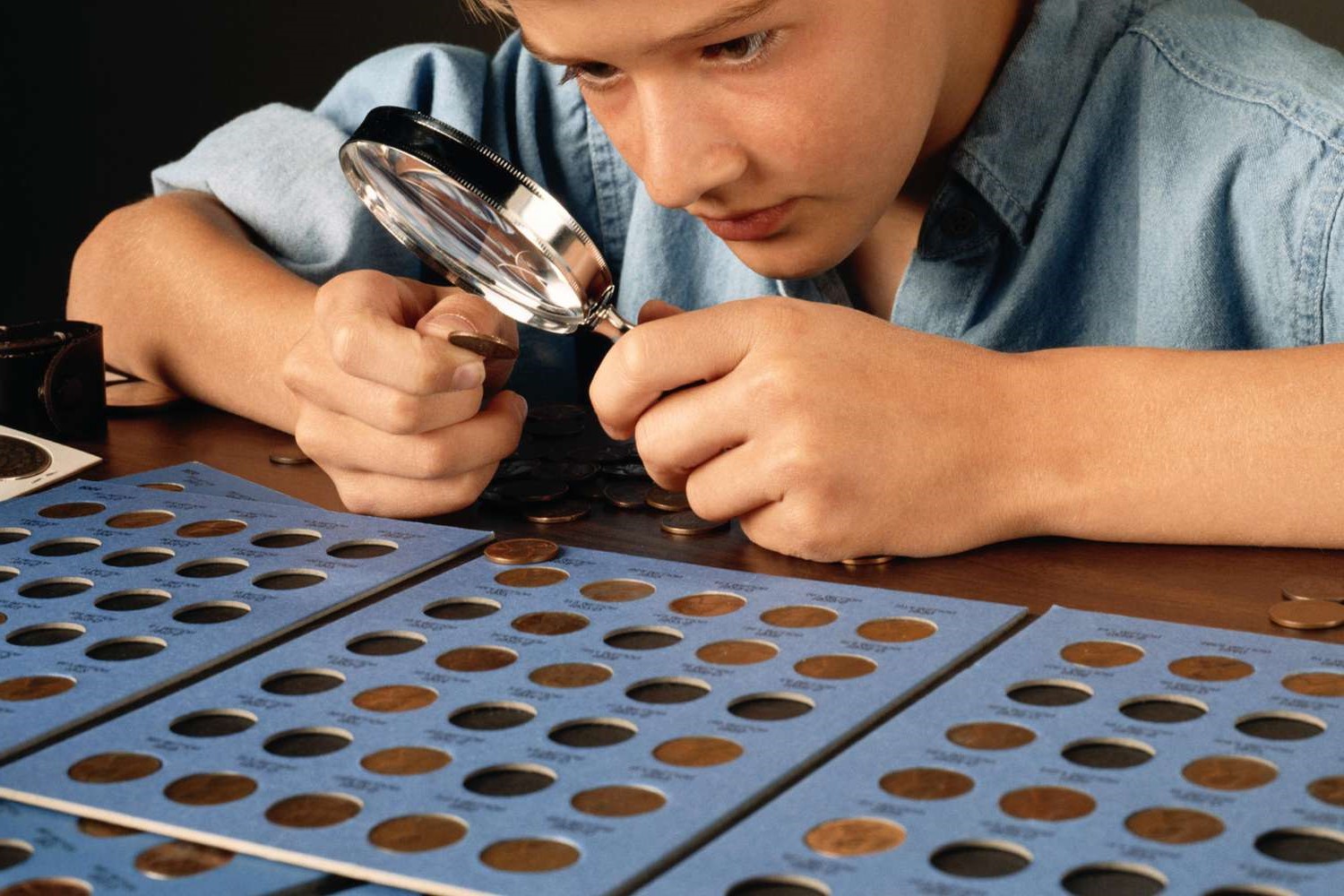

Closet & Wardrobe Organization
How To Organize A Coin Collection
Published: March 2, 2024
Learn how to efficiently organize your coin collection with our expert tips and tricks. Discover the best methods for closet and wardrobe organization to keep your collection in top condition. Start organizing today!
(Many of the links in this article redirect to a specific reviewed product. Your purchase of these products through affiliate links helps to generate commission for Storables.com, at no extra cost. Learn more)
Introduction
So, you've got a bunch of coins lying around and you're not quite sure what to do with them. Maybe you inherited them from a relative, or perhaps you've been collecting them yourself for years. Whatever the case, you've come to the right place to learn how to organize your coin collection. Whether you're a seasoned numismatist or just starting out, having a well-organized collection can not only make it easier to find and enjoy your coins but also help preserve their value. In this article, we'll walk you through the steps to properly sort, store, and display your coins so that you can proudly showcase your collection and keep it in top-notch condition. Let's get started!
Key Takeaways:
- Keep your coin collection organized by using coin holders, albums, trays, or tubes. Sort and catalog your coins by type and date, and consider professional grading for rare coins. Display them creatively using shadow boxes, frames, or glass domes.
- Protect your coin collection by handling them with care, avoiding cleaning, and controlling the storage environment. Use archival-quality materials, inspect regularly, and consider insurance for valuable coins.
Read more: How To Store A Coin Collection
Choosing a Storage Method
When it comes to organizing your coin collection, selecting the right storage method is crucial for preserving the condition and value of your coins. Here are some popular options to consider:
-
Coin Holders: These are small, clear plastic cases that allow you to view both sides of the coin while keeping it protected from dust and fingerprints. They come in various sizes to accommodate different coin denominations and can be stored in a binder for easy access.
-
Coin Albums: Similar to photo albums, coin albums have individual slots for each coin, allowing you to display and store your collection in a single, organized place. They are available in different designs and can be a great way to showcase your coins.
-
Coin Trays: If you have a large collection of coins, coin trays can be a practical storage solution. These trays have compartments that allow you to separate and organize your coins by type, date, or any other category you prefer.
-
Coin Tubes: Ideal for storing large quantities of the same coin, coin tubes are cylindrical containers that provide a snug fit for the coins, keeping them safe from scratches and other damage. They are especially useful for storing coins in bulk.
-
Safety Deposit Box: For valuable or rare coins, a safety deposit box at a bank can provide the highest level of security and protection. While not as convenient for viewing and enjoying your collection, it offers peace of mind knowing that your coins are in a secure location.
When choosing a storage method, consider factors such as the size of your collection, the value of the coins, and how often you want to access and handle them. It's important to use materials that are free from PVC and other chemicals that can cause damage to coins over time. By selecting the right storage method, you can ensure that your coin collection remains well-organized and well-preserved for years to come.
Sorting and Cataloging Your Coins
Sorting and cataloging your coins is a crucial step in organizing your collection. Here's how to do it effectively:
-
Sort by Type: Begin by sorting your coins by type, such as pennies, nickels, dimes, quarters, and so on. This will help you get a clear overview of your collection and make it easier to catalog.
-
Sort by Date: Once you've sorted your coins by type, further organize them by date. You can create separate piles or sections for coins from different years or decades.
-
Catalog Your Coins: After sorting, it's time to catalog your coins. You can use a notebook, spreadsheet, or specialized coin cataloging software to record details such as the year, mint mark, denomination, and any special characteristics or variations.
-
Use Coin Holders: As you catalog each coin, place them in individual coin holders or flips. Label each holder with a corresponding number or code that matches your cataloging system. This will help you easily locate and identify each coin in the future.
-
Consider Grading: If you have rare or valuable coins, consider getting them professionally graded and encapsulated by a reputable coin grading service. This will provide an official assessment of the coin's condition and authenticity, adding another layer of organization and protection to your collection.
By sorting and cataloging your coins methodically, you'll not only have a clear inventory of your collection but also be able to appreciate the unique characteristics of each coin. This organized approach will make it easier to track your collection's growth and value over time.
Use acid-free coin holders or albums to store and organize your collection. This will help protect the coins from damage and preserve their value.
Displaying Your Collection
Displaying your coin collection is a fantastic way to showcase the beauty and diversity of your coins. Here are some creative and practical ideas for displaying your coins:
-
Shadow Boxes: Shadow boxes are shallow, framed containers that allow you to display your coins while protecting them from dust and damage. You can arrange your coins in a visually appealing manner and hang the shadow box on a wall for an eye-catching display.
-
Coin Frames: Coin frames are specially designed to hold and display coins in a neat and organized way. They come in various sizes and configurations, allowing you to create a customized display of your favorite coins.
-
Floating Shelves: Floating shelves provide a minimalist and modern way to display your coin collection. You can arrange your coins on the shelves in a pattern or design that reflects your personal style.
-
Glass Domes: Placing individual coins or a small group of coins under glass domes can create an elegant and museum-like display. This method not only protects the coins but also allows you to admire them from all angles.
-
Coin Stands: Utilize coin stands to display individual coins or sets of coins. Coin stands come in different styles, including easel stands, acrylic stands, and adjustable stands, offering versatility in how you present your coins.
-
Rotating Coin Holders: For a dynamic and interactive display, consider using rotating coin holders. These devices allow you to showcase multiple coins while enabling easy viewing and access.
-
Coin Display Cases: If you want to protect your coins from dust and handling while still displaying them, consider using coin display cases. These cases come in various sizes and configurations, including single-coin cases and multi-coin cases.
By choosing a suitable display method, you can turn your coin collection into a captivating focal point in your home or office. Whether you opt for a traditional or contemporary display style, the key is to highlight the unique characteristics and history of each coin while keeping them safe and visually appealing.
Maintaining and Protecting Your Coins
Proper maintenance and protection are essential for preserving the condition and value of your coin collection. Here's how to ensure the longevity of your coins:
-
Handle with Care: When handling your coins, always hold them by the edges to avoid touching the surfaces. The oils and acids from your skin can cause discoloration and damage to the coins over time.
-
Avoid Cleaning: Resist the temptation to clean your coins, as improper cleaning can lead to scratches, abrasions, and irreversible damage. Any accumulation of dirt or tarnish can actually contribute to a coin's unique patina and history.
-
Control the Environment: Store your coins in a stable environment with controlled temperature and humidity. Fluctuations in these conditions can lead to corrosion, tarnishing, and other forms of deterioration. Avoid storing coins in basements, attics, or other areas prone to extreme temperature changes.
-
Use Archival-Quality Materials: When selecting storage and display materials, opt for those labeled as archival-quality or coin-safe. These materials are free from harmful chemicals that can react with the coins and cause damage.
-
Regular Inspection: Periodically inspect your coins for any signs of deterioration or damage. Catching issues early can prevent further degradation and allow you to take appropriate measures to address any problems.
-
Invest in Coin Holders and Capsules: Individual coin holders and capsules provide an extra layer of protection against scratches, fingerprints, and environmental contaminants. They also make it easier to handle and view your coins without direct contact.
-
Be Mindful of Storage: If storing coins in a safe deposit box, periodically check on them to ensure the environment remains suitable. For coins displayed at home, avoid placing them in direct sunlight or near sources of heat, as prolonged exposure can cause fading and damage.
-
Insurance and Documentation: For valuable or rare coins, consider insuring your collection and keeping detailed documentation, including photographs and descriptions of each coin. This can be invaluable in the event of loss, theft, or damage.
By following these maintenance and protection practices, you can safeguard the beauty and integrity of your coin collection for years to come. Proper care not only preserves the physical condition of the coins but also maintains their historical and monetary value.
Frequently Asked Questions about How To Organize A Coin Collection
Was this page helpful?
At Storables.com, we guarantee accurate and reliable information. Our content, validated by Expert Board Contributors, is crafted following stringent Editorial Policies. We're committed to providing you with well-researched, expert-backed insights for all your informational needs.

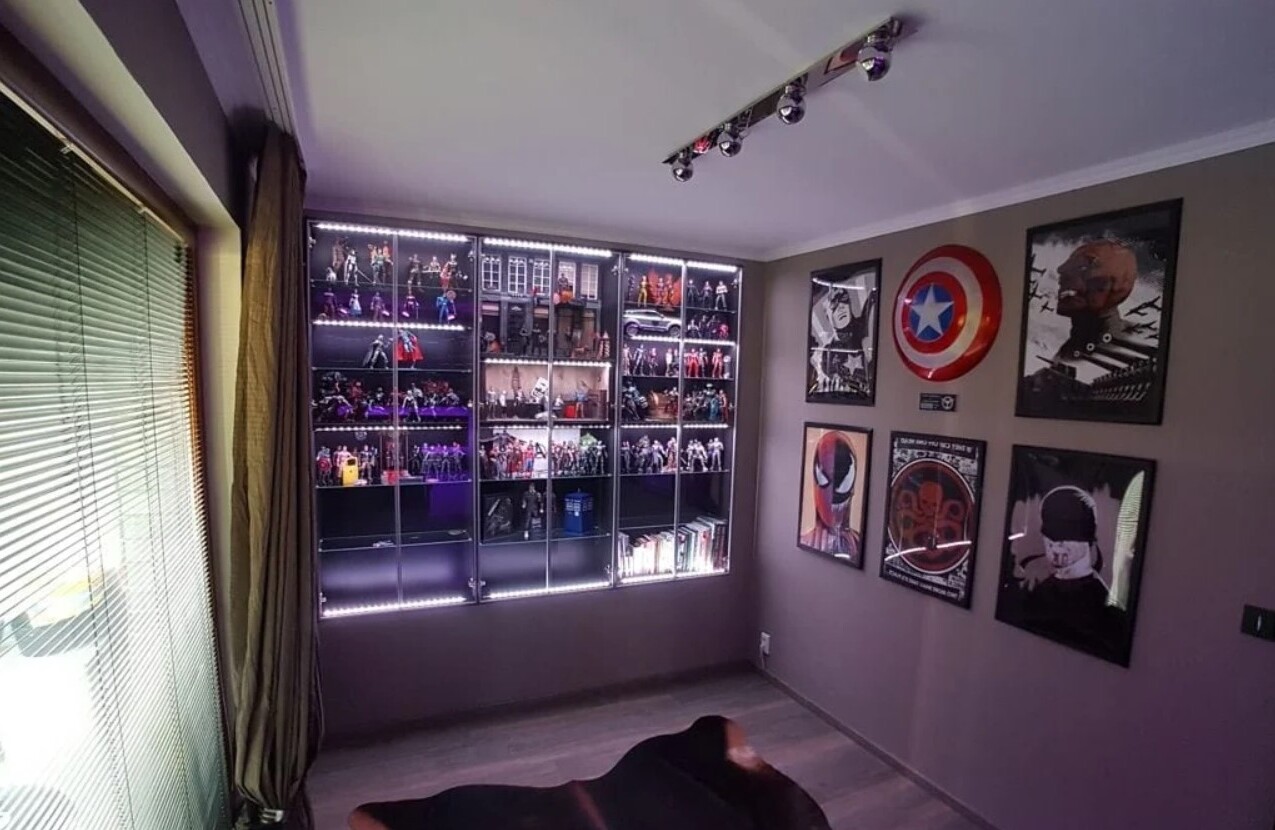
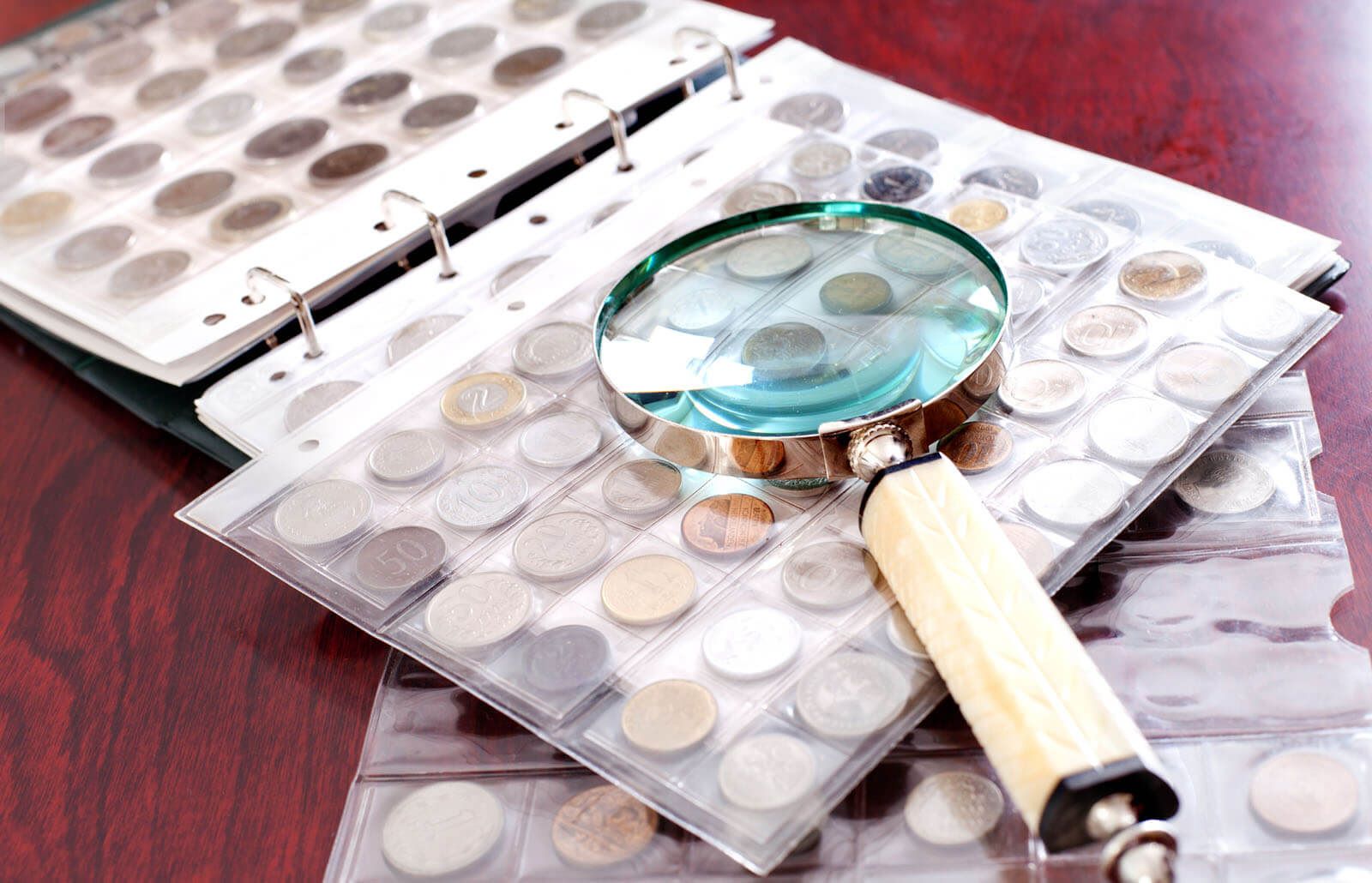
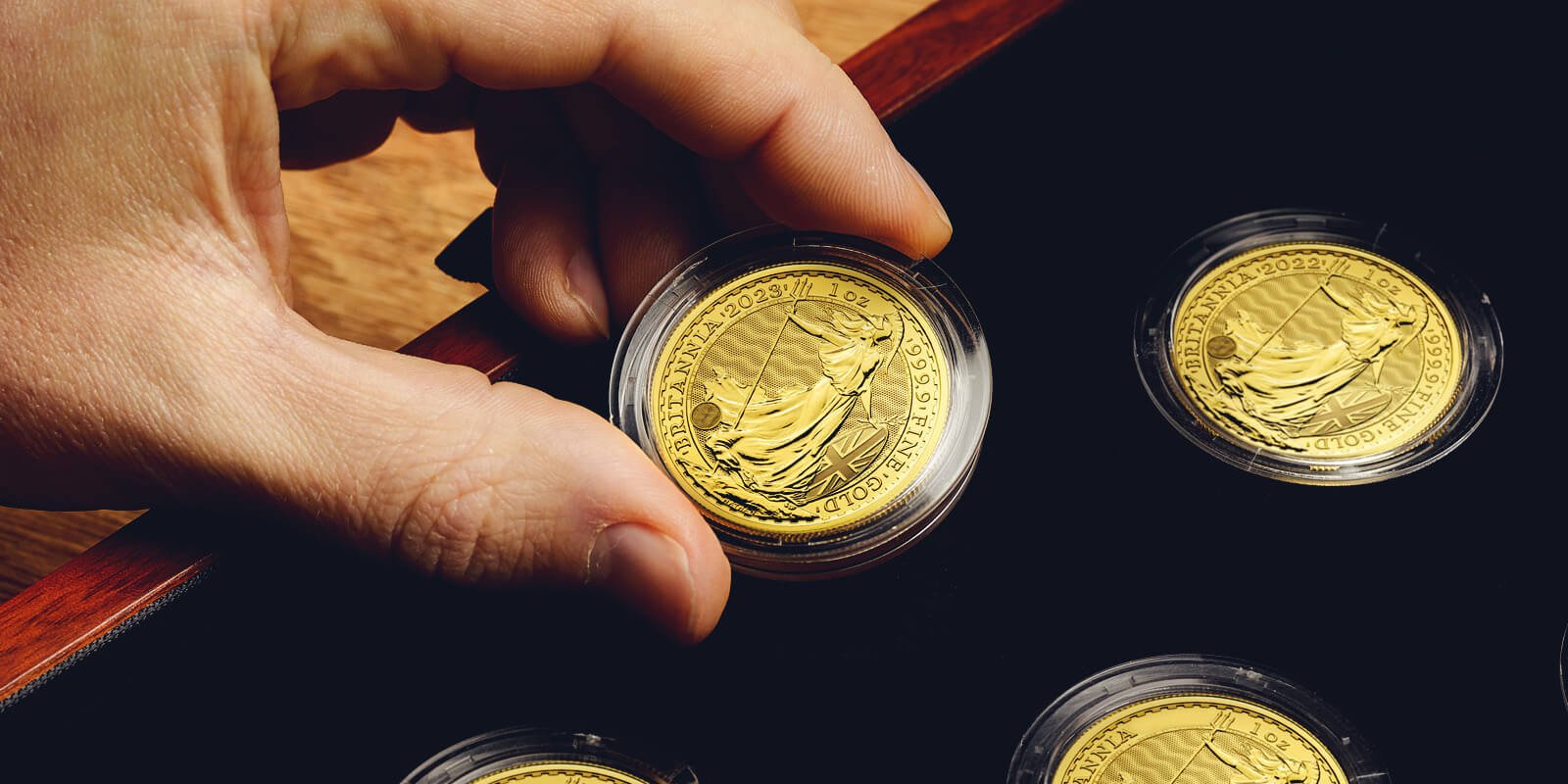
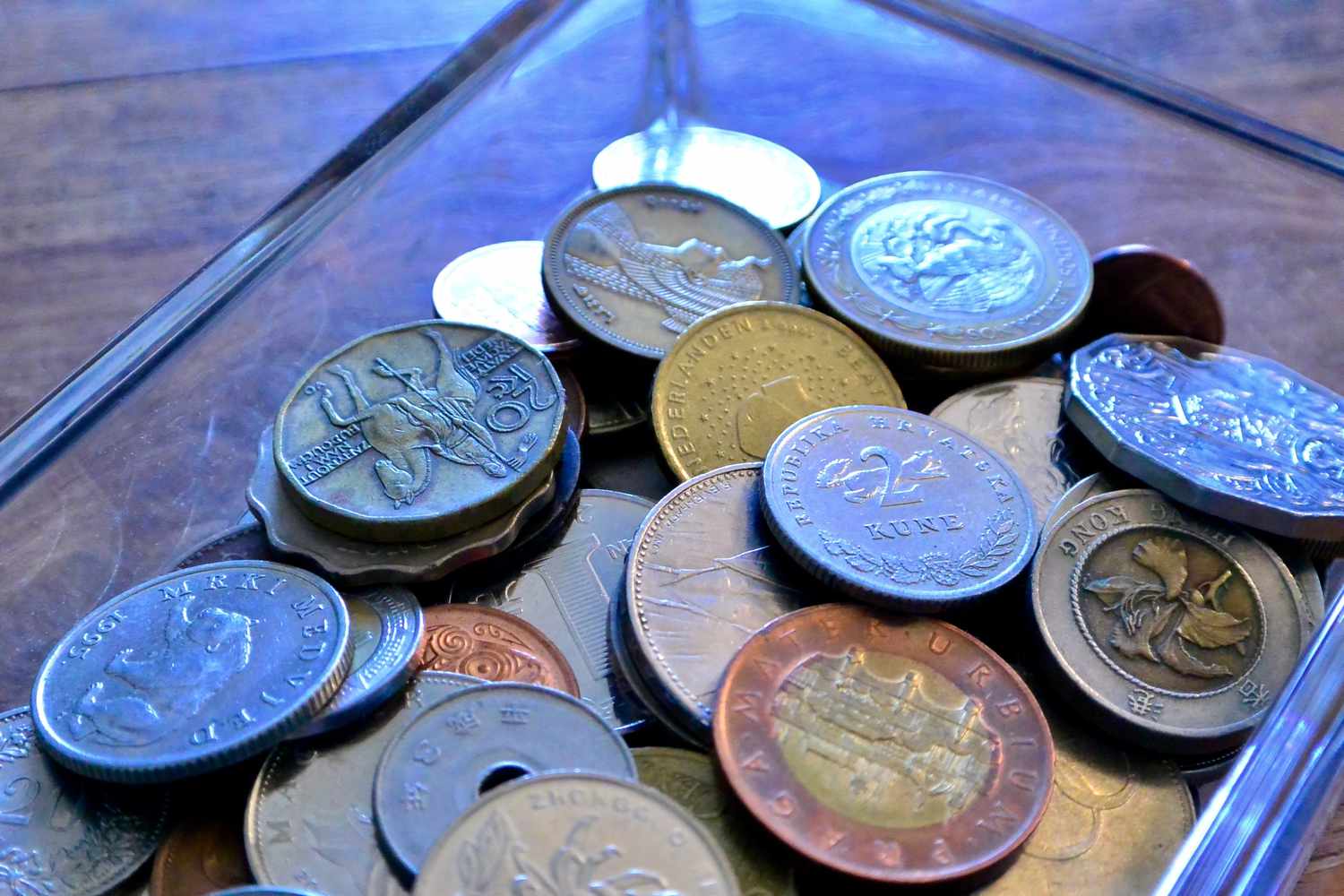

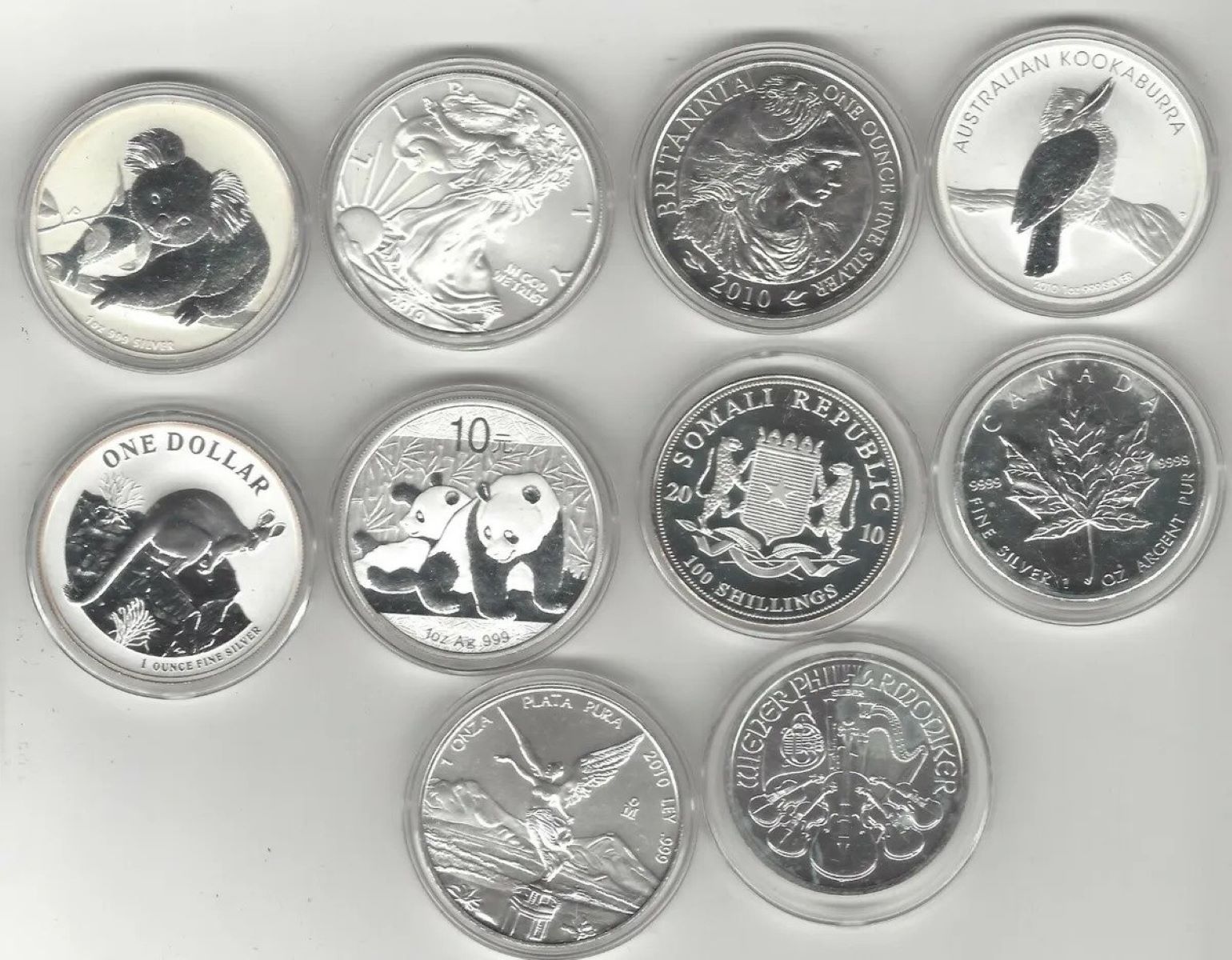
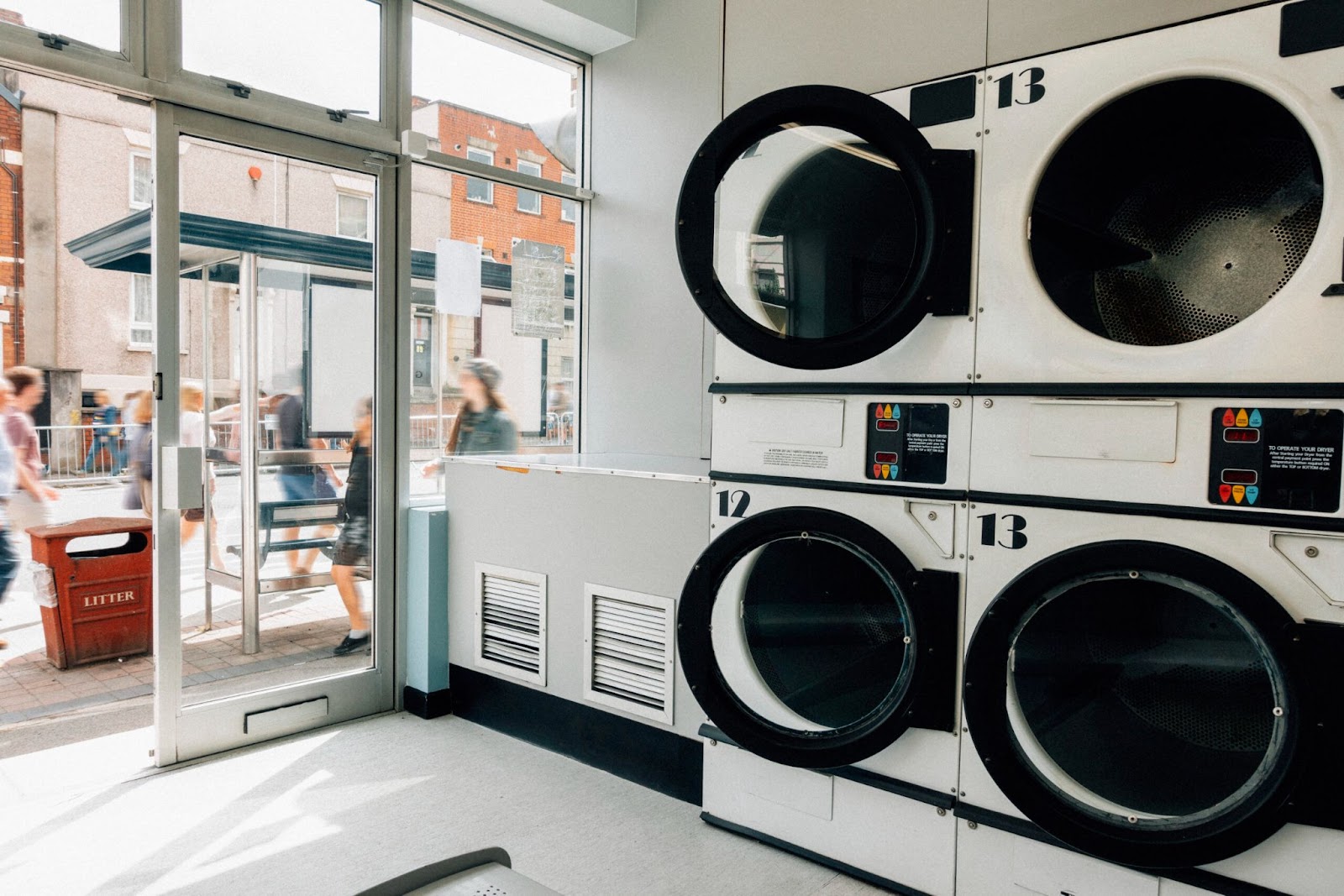
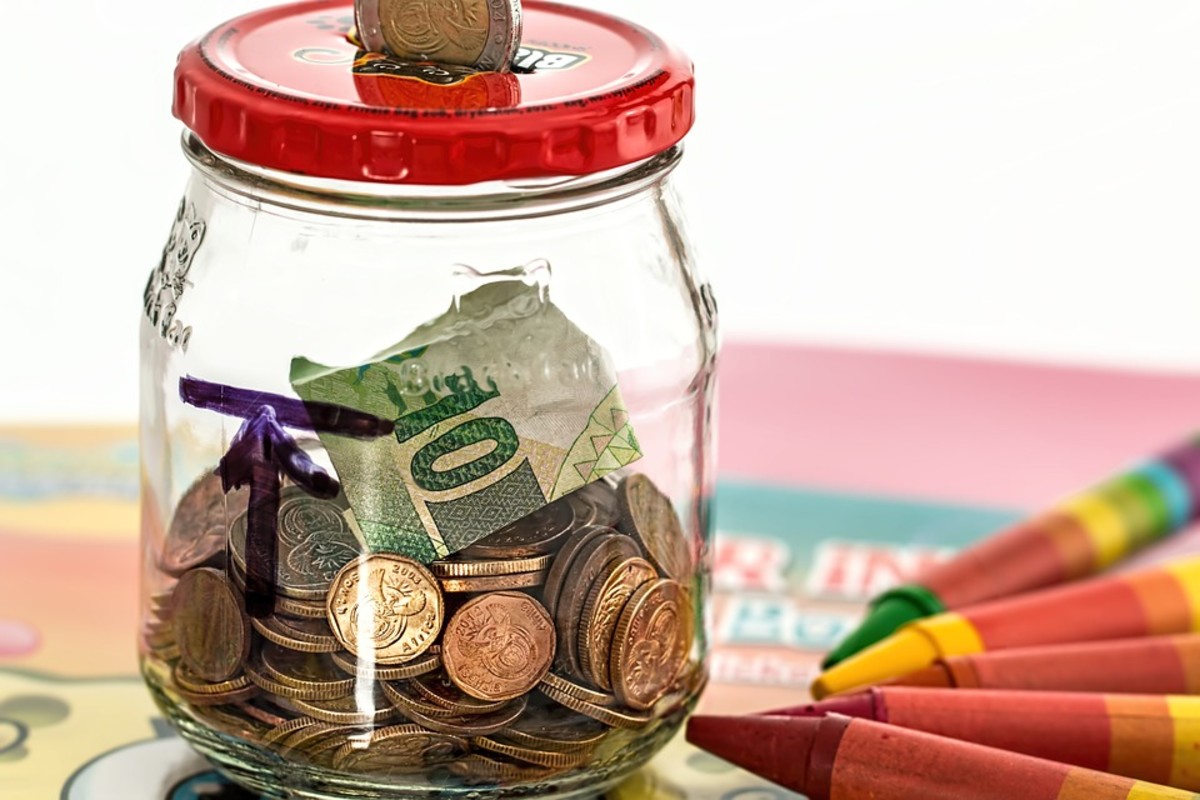

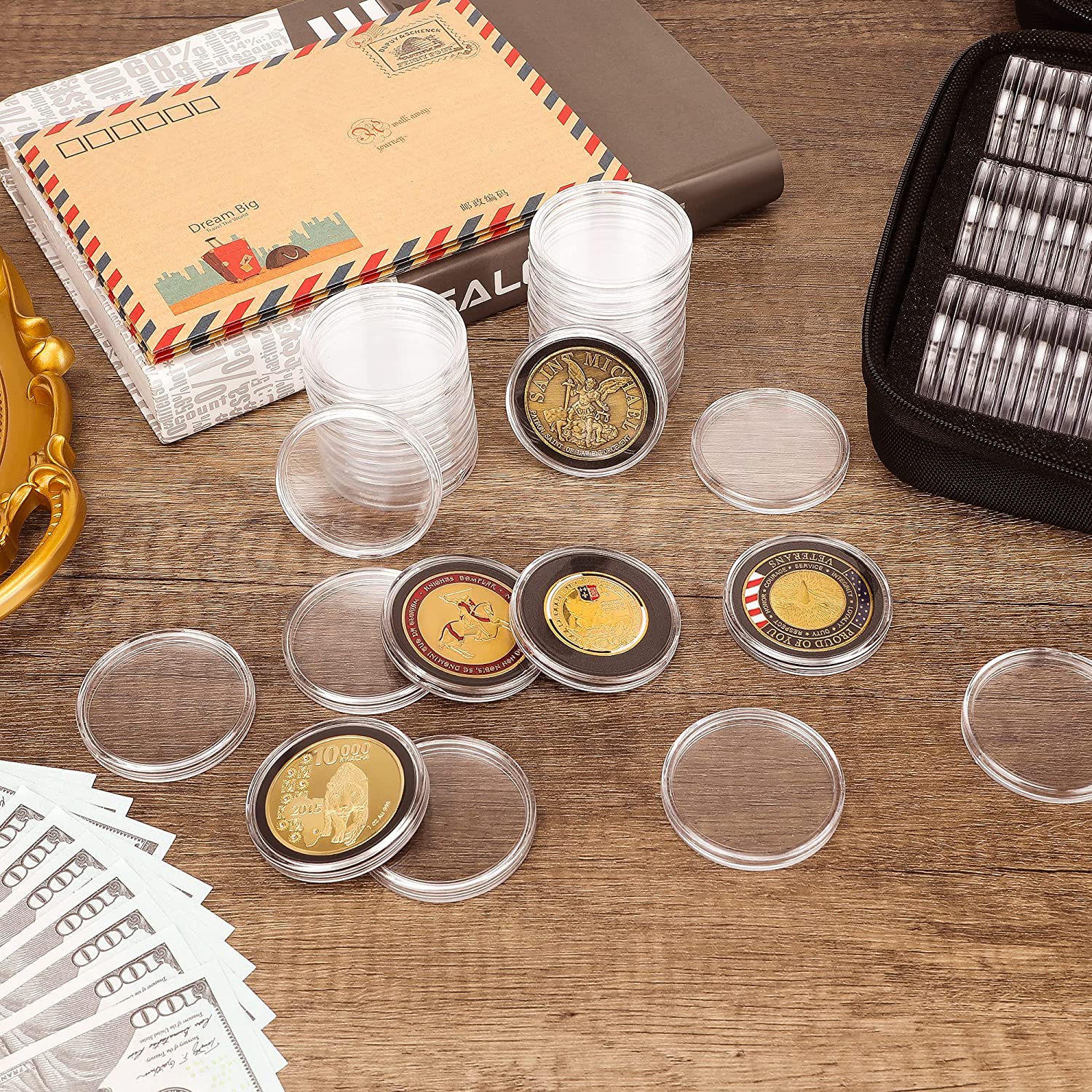

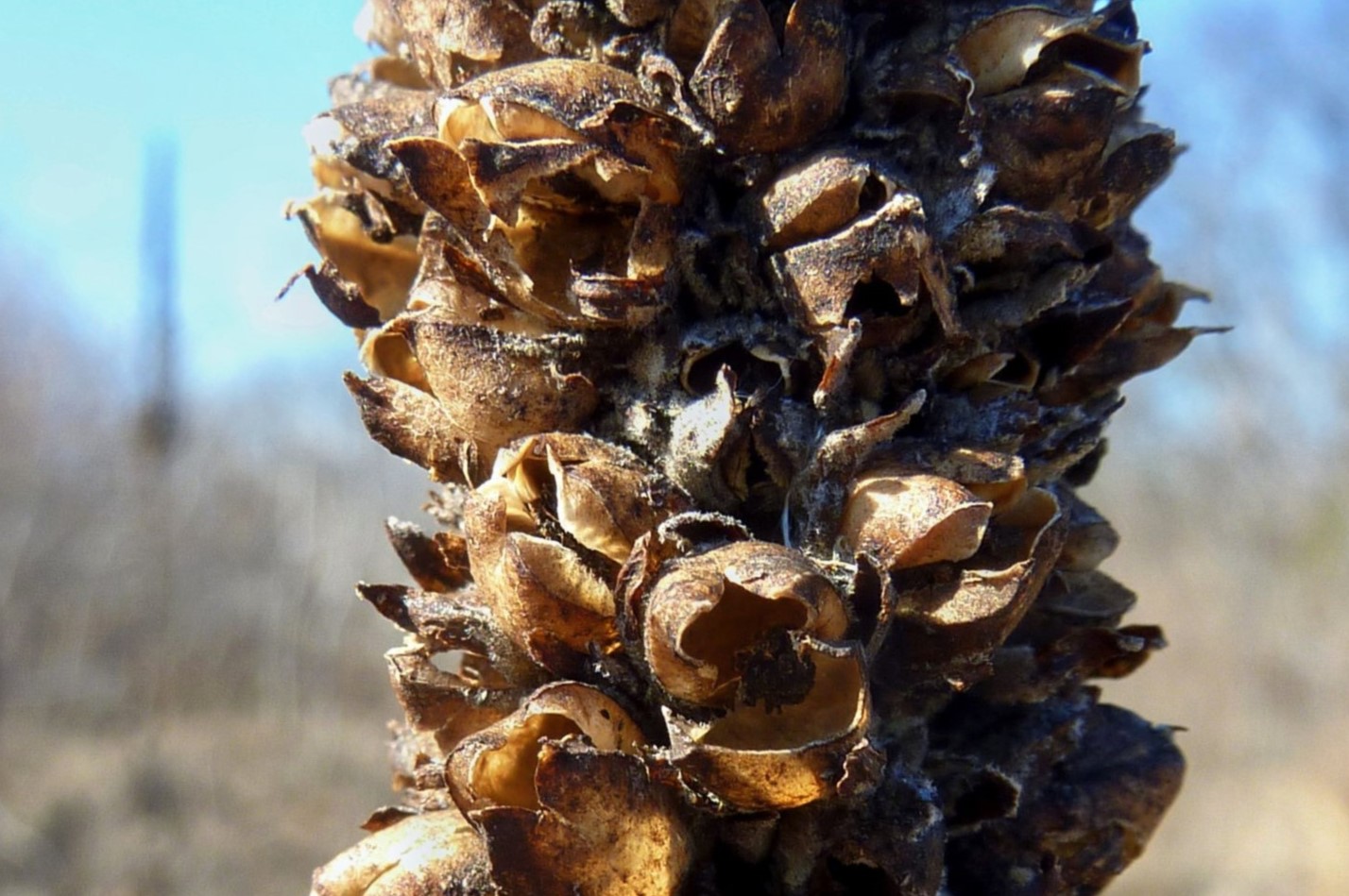
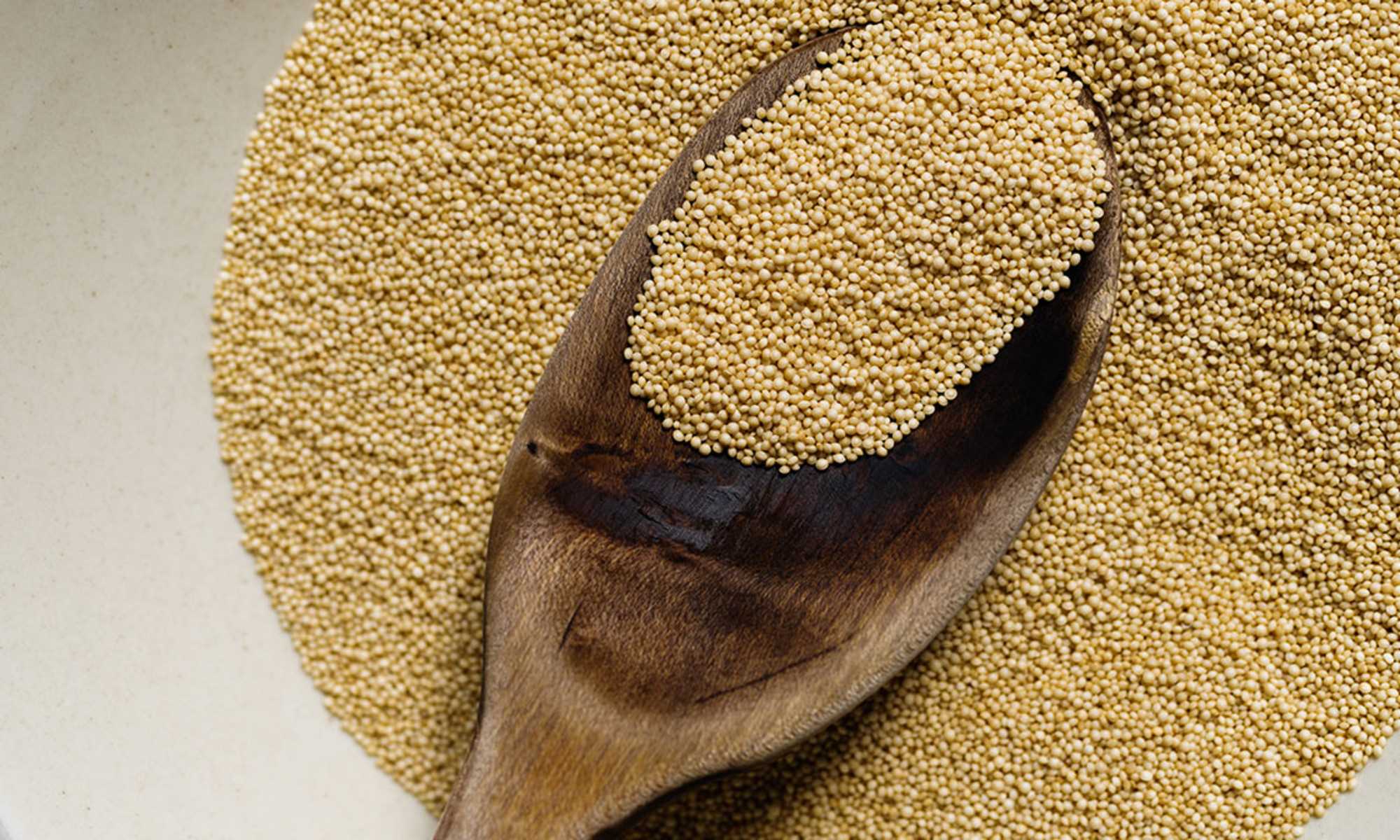
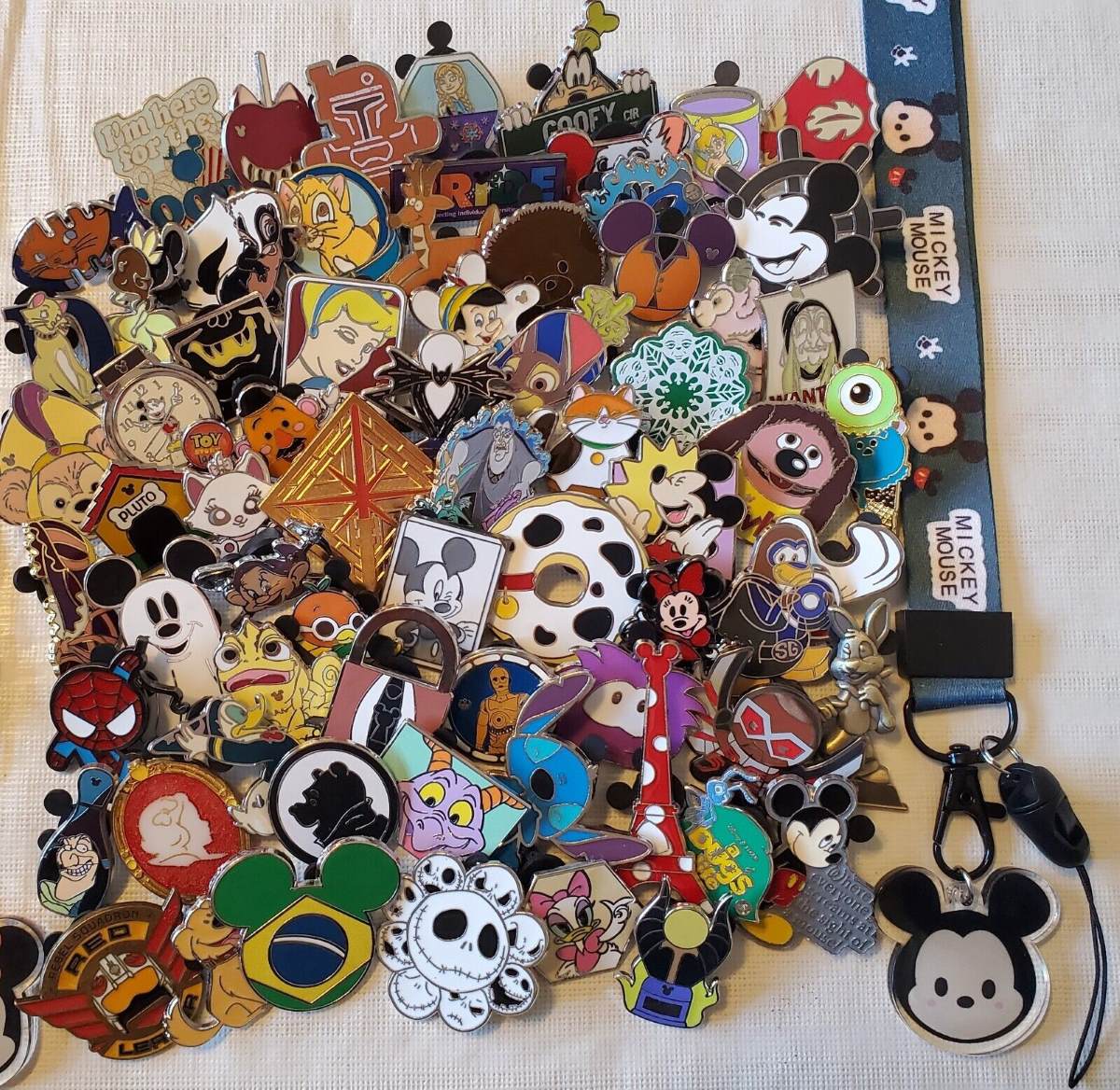

0 thoughts on “How To Organize A Coin Collection”